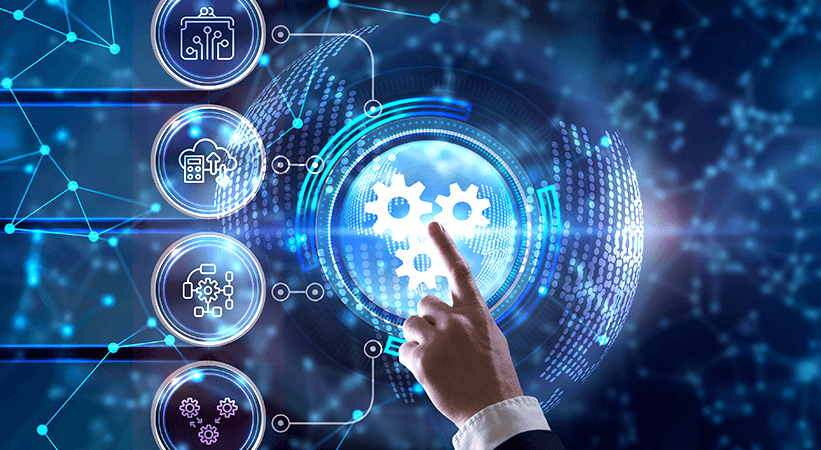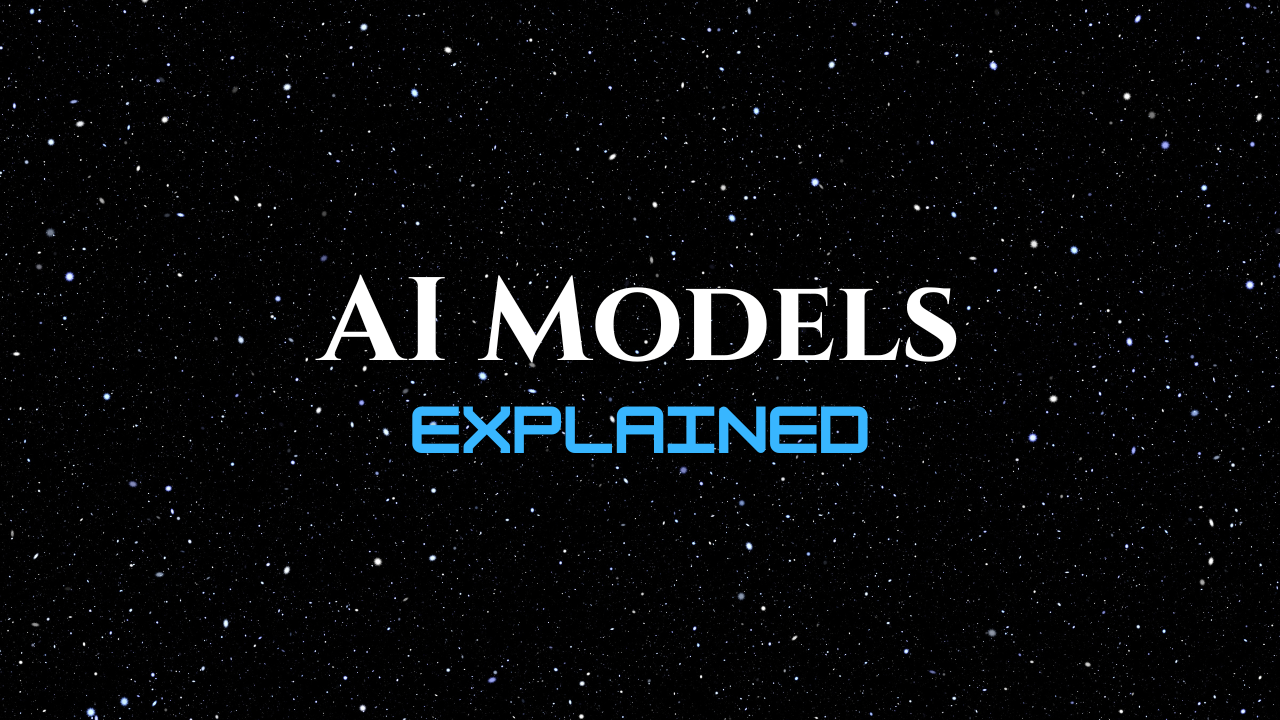AI Models are powerful programs designed to learn from data and perform specific tasks, from recognizing patterns to making autonomous decisions. Think of them as the “brains” of artificial intelligence applications, continuously improving their performance through experience.
Key Takeaways
- AI Models are trained software programs that identify patterns and make decisions from data.
- They are distinct from algorithms; it’s an output of an algorithm applied to a dataset.
- Common training methods include supervised, unsupervised, and reinforcement learning.
- AI Models are categorized by their function, such as classification (predicting categories) or regression (predicting continuous values).
- AI Models are widely applied in various fields, including healthcare, finance, natural language processing, and computer vision.
Table of Contents
Understanding AI Models
It’s essentially a computer program that has been trained on a vast amount of data. Through this training, it learns to recognize specific patterns, make predictions, or perform actions without explicit, step-by-step human programming for every scenario. Instead, these models apply various algorithms to the data they receive to achieve their intended tasks.
Initially, some AI systems were simply rule-based, following a pre-scripted series of “if-then-else” statements. However, the most advanced models today leverage machine learning (ML), allowing them to learn and optimize their performance over time.
While the terms “algorithm” and “model” are sometimes used interchangeably, they have distinct meanings in AI. An algorithm is the underlying procedure or set of rules applied to a dataset. The model is the result or output of that algorithm once it has been applied to a dataset and trained. In simpler terms, the model makes the predictions or decisions, and the algorithm is the logic it uses to operate.
How AI Models Learn and Evolve
The process of training models involves feeding them large datasets. The model analyzes this data to discern probabilistic trends and correlations, continuously adjusting its internal parameters to improve accuracy. This iterative process allows the model to “learn” from its experiences.
There are several primary approaches to training models:
- Supervised Learning: This method involves training the model on labeled data, where the desired output for each input is already known. For example, a model learning to identify cats would be fed images clearly labeled as “cat” or “not cat.” This “supervision” guides the model to learn the correct associations.
- Unsupervised Learning: In contrast, unsupervised learning involves training on unlabeled data. The model must identify hidden patterns, structures, or relationships within the data on its own without explicit guidance. This is useful for tasks like clustering similar data points.
- Reinforcement Learning: This approach teaches a model to learn through trial and error. The model performs actions in an environment and receives rewards for desired behaviors and penalties for undesirable ones. Over time, it learns to make decisions that maximize its cumulative reward.
A particularly impactful development in AI has been foundation models. These are large AI models (often deep learning models) that are pre-trained on massive, broad datasets at scale. They serve as a foundational layer that can then be fine-tuned or adapted for a wide range of specific applications, significantly reducing the resources needed for new model development.
“The AI Index is recognized globally as one of the most credible and authoritative sources for data and insights on artificial intelligence.” —Stanford HAI AI Index
Types of AI Models by Function
Models can also be categorized based on the type of tasks they are designed to perform:
Classification Models
These models predict discrete values or categories. They are used when the outcome is one of a limited set of options.
- Examples:
- Spam detection: Classifying an email as “spam” or “not spam.”
- Image recognition: Identifying whether an image contains a “dog” or a “cat.”
- Medical diagnosis: Predicting the presence or absence of a disease based on symptoms.
Regression Models
Regression models predict continuous numerical values. They are used when the outcome can be any number within a range.
- Examples:
- Price prediction: Estimating the future price of a house.
- Sales forecasting: Predicting next quarter’s sales figures.
- Risk assessment: Determining a credit score or loan risk.
Real-World Applications of AI Models
AI models are transforming various industries and aspects of daily life. Their ability to process vast amounts of data and make intelligent decisions autonomously makes them incredibly versatile.

- Natural Language Processing (NLP): Models like Large Language Models (LLMs) power chatbots, virtual assistants (e.g., Siri, Alexa), and translation services, enabling computers to understand and generate human language.
- Computer Vision: Used in facial recognition systems, self-driving cars, and medical image analysis, allowing machines to “see” and interpret visual information.
- Healthcare: Models assist in disease diagnosis, drug discovery, personalized treatment plans, and analyzing medical images.
- Finance: Models are crucial for fraud detection, algorithmic trading, credit scoring, and personalized financial advice.
- E-commerce: Recommendation engines suggest products based on past purchases and Browse history, while chatbots handle customer service inquiries.
As models continue to evolve, they promise to unlock even more innovative solutions and efficiencies across countless domains.
Frequently Asked Questions (FAQ)
What is the main difference between an AI model and an algorithm?
An AI model is the specific output or program that results from applying an algorithm to a dataset and training it. The algorithm is the set of rules or procedures that the AI model uses to learn and operate.
Can AI models make unbiased decisions?
While the goal is unbiased decision-making, AI models can inherit biases present in their training data. Therefore, careful data preparation and ethical considerations are crucial to minimize bias.
How do AI models get better over time?
AI models improve through continuous training, often via machine learning techniques. By being exposed to more data and receiving feedback on their performance, they refine their internal parameters and decision-making logic, leading to increased accuracy and efficiency.
- Generative AI Design Funding: Spacely AI Secures US $1M in Pivotal Round
- What Are AI Agents? AI Agents Explained
- Opendoor Technologies Stock Needs AI: The Future of iBuying Depends on Intelligent Tech
- Writing is Thinking: The Enduring Value of Human-Generated Scientific Writing in the Age of LLMs
- Protégé AI for UK Lawyers: 7 Powerful Ways It’s Transforming Legal Tasks

